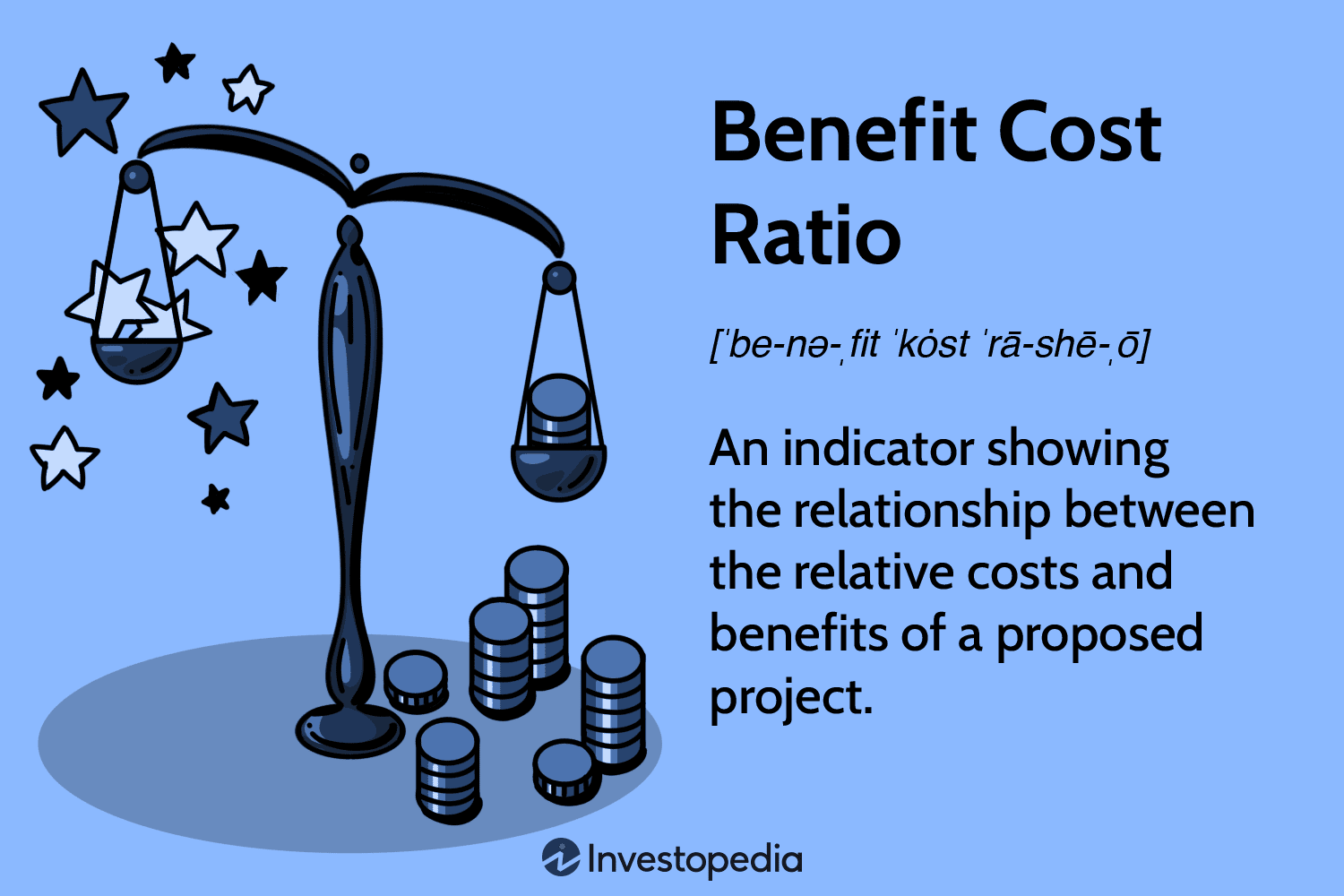Analyzing The Cost-benefit Ratio Of CDN Investment

Executive Summary

Content Delivery Networks (CDNs) have become an essential tool for businesses looking to improve the performance of their websites and applications. By caching content closer to users, CDNs can reduce latency, improve page load times, and enhance the overall user experience. However, investing in a CDN can be a significant expense, so it is important to carefully consider the cost-benefit ratio before making a decision.

This article will explore the costs and benefits of CDN investment, and provide a framework for evaluating whether a CDN is right for your business.
Introduction
In today’s fast-paced digital world, website speed and performance are more important than ever before. Users expect websites to load quickly and seamlessly, and businesses that fail to meet these expectations risk losing customers to competitors.
CDNs can help businesses improve website performance by caching content closer to users. This means that when a user requests a file from your website, it is served from a CDN server that is geographically closer to the user, rather than from your origin server. This reduces latency and improves page load times.
FAQs
What is a CDN?
A CDN is a network of servers distributed across the globe that work together to deliver content to users faster and more efficiently. When a user requests a file from a website, the CDN will serve the file from the server that is closest to the user, reducing latency and improving page load times.
How much does a CDN cost?
The cost of a CDN can vary depending on the provider, the size of your network, and the amount of traffic you expect to serve. However, most CDN providers offer tiered pricing plans that allow you to choose a plan that fits your budget.
What are the benefits of using a CDN?
There are many benefits to using a CDN, including:
- Improved website performance: CDNs can reduce latency and improve page load times, which can lead to increased user satisfaction and engagement.
- Increased website availability: CDNs can help to ensure that your website is always available, even during periods of peak traffic.
- Reduced bandwidth costs: CDNs can help to reduce bandwidth costs by caching content closer to users, which means that less data needs to be transferred from your origin server.
- Improved security: CDNs can help to protect your website from attacks by DDoS and other malicious actors.
Top 5 Subtopics
1. Improved Website Performance
- Reduced latency: CDNs reduce latency by caching content closer to users, which means that data does not have to travel as far to reach users.
- Faster page load times: Faster page load times lead to improved user satisfaction and engagement.
- Increased conversion rates: Websites that load quickly are more likely to convert visitors into customers.
2. Increased Website Availability
- Redundancy: CDNs provide redundancy by replicating content across multiple servers. This means that if one server goes down, another server can take over, ensuring that your website remains available.
- Load balancing: CDNs can load balance traffic across multiple servers, which helps to prevent outages and slowdowns.
- Failover: CDNs can automatically failover to a backup server if the primary server fails.
3. Reduced Bandwidth Costs
- Caching: CDNs can cache content closer to users, which means that less data needs to be transferred from your origin server.
- Compression: CDNs can compress content before delivering it to users, which reduces the amount of data that needs to be transferred.
- Traffic shaping: CDNs can shape traffic to reduce bandwidth usage.
4. Improved Security
- DDoS protection: CDNs can protect your website from DDoS attacks by absorbing and mitigating the attack traffic.
- Web application firewall (WAF): CDNs can provide a WAF to protect your website from malicious attacks.
- SSL acceleration: CDNs can accelerate SSL encryption, which helps to protect your website from eavesdropping and man-in-the-middle attacks.
5. Scalability
- Elastic scalability: CDNs can automatically scale up or down to meet the demands of your traffic.
- Geographic scalability: CDNs can deliver content to users all over the world.
- Multi-CDN: You can use multiple CDNs to improve performance and redundancy.
Conclusion
Investing in a CDN can be a significant expense, but it can also provide a number of benefits for your business. By improving website performance, increasing website availability, reducing bandwidth costs, improving security, and providing scalability, CDNs can help you to improve the overall user experience and grow your business.
Keyword Tags
- CDN
- Content Delivery Network
- Website Performance
- Website Availability
- Bandwidth Costs
- Security
- Scalability
